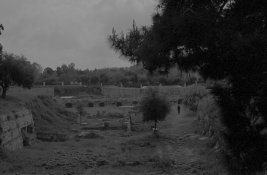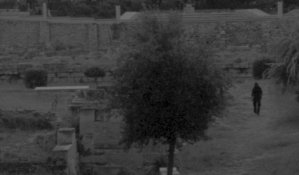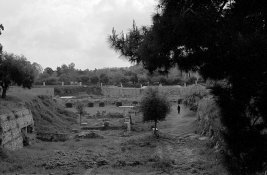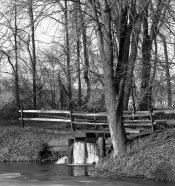Hi hoakin1981... as noted over on APUG, probably the best way to evaluate your negatives is to examine them directly and, if you have the option, to print them the traditional (non-digital) way. With that out of the way... could you tell us what scanning software you are using? I have the Epson V700, which is probably quite similar and find the Epson software the comes with it nearly unusable. I have Lasersoft Silverfast, I don't use it and MUCH prefer Vuescan.
My workflow is to scan the negative 'raw' in Vuescan, which produces a linear TIF file with no adjustments by the software. Then I import the TIF file into Photoshop (using import as TIF, NOT using ACR) and invert it from neg to pos using ColorPerfect plugin. This gets me a decent file to work with and the rest can be done with PS curves and other adjustments.
However, if you want a quantum leap more and finer control of contrast, white/black levels, etc., the NIK Silver Effects Pro II plugin is worth a try. The fine control made possible by Nik Silver Effects Pro plugin is quite amazing.
Also, if you don't want to invest in ColorPerfect (colorneg/colorpos), you can still get excellent results with Vuescan doing the neg-pos conversion.
If you don't use Photoshop, then perhaps others will have alternative suggestions.







 & the V600 so I decided to just stop (apart from films and chemicals of course) and try to establish a good workflow with what I have now. In the future who knows...
& the V600 so I decided to just stop (apart from films and chemicals of course) and try to establish a good workflow with what I have now. In the future who knows...
